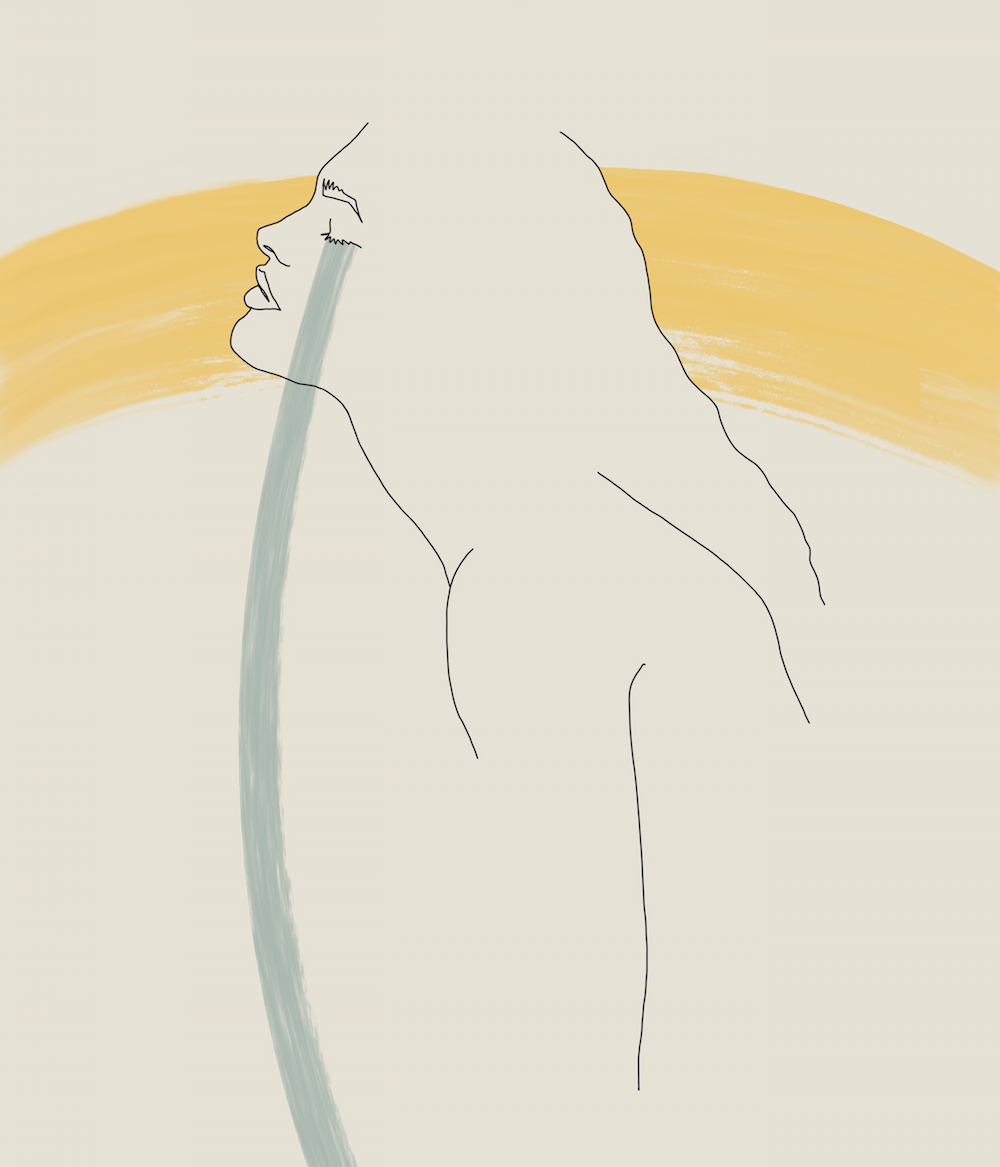Isolated outside of isolation: Invisible disabilities during lockdown
The realities and struggles of living with an invisible disability during a global pandemic
Illustrations by Zoe Alakija
I’m invisibly disabled. I have arthritis in my hip, and I’m missing the ligament that helps to stablise the knee joint and keep it in place. On top of that, I have hypermobility in all of my joints, meaning I can move them beyond what’s considered ‘normal’ – in simpler terms, I frequently experience pain and instability as I walk. Luckily, these conditions haven't made me more perceptible to Covid-19, but I’m one of the lucky ones. For many people living with invisible disabilities in complete isolation, it’s a lot tougher.
An invisible disability is anything from chronic pain to mental health issues that debilitates you, but can’t be visibly ‘seen’ by others. In the context of a global health crisis, it’s easy for people with invisible disabilities to internalise the idea that their medical conditions aren’t ‘severe enough’ to warrant the same medical attention they did before. I’ve always felt like I’m inconveniencing people – at work, social events, and even hospitals – when I ask for additional support, even when going without the support is detrimental to my health. This is something people with invisible disabilities often face. We can easily fall into the trap of thinking that our medical concerns are less valid because they can’t be seen.
‘It’s easy for people with invisible disabilities to internalise the idea that their medical conditions aren’t ‘severe enough’ to warrant the same medical attention they did before the pandemic.”
Public Health England released a set of guidelines for protecting people who are extremely vulnerable from COVID-19. They split it up into two binary categories: disabled and able-bodied. But where does that leave people like me? The lack of information provided by Public Health England for those with invisible disabilities only serves to further isolate us. Our disabilities weren’t ‘enough’ for them to categorise, when the reality is that they definitely shouldn’t be ignored. Our vulnerabilities to the virus hasn't been explored in detail.
During the government’s daily briefings and across COVID-19 media coverage, there’s been far more guidance given to able-bodied members of society. Vulnerable groups are left even more vulnerable due to a lack of accessible information. The Research Institute for Disabled Consumers (RiDC) found in a survey that 51% of participants felt that they should be included in the government’s vulnerable list whilst only 29% were actually added to the list. There’s uncertainty about people’s susceptibility to the virus, which has made people like me feel like we have to isolate ourselves further, even as things seemingly ‘go back to normal.’ Excluding people with invisible disabilities from public conversations has a debilitating impact on us. We shouldn’t be left alone to navigate global health crisis without tools, information and resources often afforded to the rest of society. It shouldn’t be left to us to ‘figure out’.
During a pandemic we should be thinking critically about everyone – every body and mind that makes up our society. We should be considering those who occupy grey areas. Whether you’re struggling with muscle and joint pains, mental health issues, debilitating fatigue, dizziness or cognitive problems – your community hears and sees you – hopefully the rest of society will soon too.
If you’d like to support our journalism, purchase a copy of our latest issue and use the code ‘WOMXN’ for 25% off.


